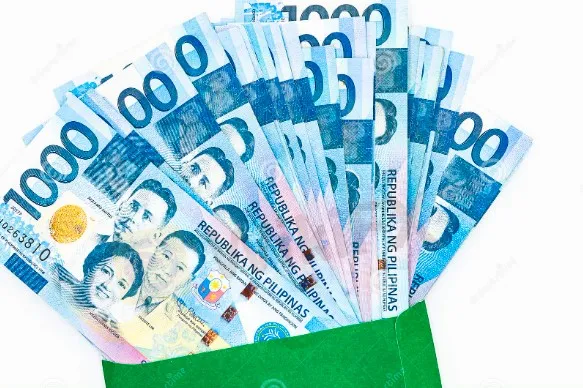简体中文
繁體中文
English
Pусский
日本語
ภาษาไทย
Tiếng Việt
Bahasa Indonesia
Español
हिन्दी
Filippiiniläinen
Français
Deutsch
Português
Türkçe
한국어
العربية
The Philippine Central Bank's modest rate hike raises bearish bets on the peso.
Abstract:Bearish bets on the Philippine peso increased as the central bank took a more cautious approach to tamping down inflation than its peers, while short positions on China's yuan eased following more stimulus and easing. COVID-19 restraints
Click Here: After you read it, Daily Routine with WikiFX
Short bets on the peso were at their biggest in at least four years amid concerns that the central bank's 25-basis-point boost this month won't curb inflationary pressures.
The peso has lost roughly 7% this year and is reaching a 16-1/2-year low.

The next governor of Bangko Sentral ng Pilipinas said the bank may contemplate greater rate hikes to strengthen the peso, but it won't match U.S. Federal Reserve policy tightening.
Bank of America analysts estimate a steady rate of tightening as the economy recovers and reopens.
Meanwhile, yuan bears receded on anticipation that removing COVID-19 limitations will boost the economy. The People's Bank of China hinted at accommodating policy, although its influence on the unit was modest.
The central bank restated its goal of making the yuan exchange rate more flexible and stable.
Short rupiah bets soared. Last week, Bank Indonesia kept rates at record lows and maintained a dovish approach, which analysts believe would weaken the currency.
The Indian rupee hit a record low on Wednesday amid fears about inflation, oil costs, and GDP.
Four-year high in rupee short positions.
Dealers favored Singapore's dollar. Singapore's primary consumer price index increased at its highest pace in almost a decade in May and is likely to peak around 4% in the third quarter.
Bearish bets on the South Korean won and Malaysian ringgit fell while Thai baht bets rose.
The Asian currency positioning survey asks analysts and investment managers about the Chinese yuan, South Korean won, Singapore dollar, Indonesian rupiah, Taiwan dollar, Indian rupee, Philippine peso, Malaysian ringgit, and Thai baht.
The poll uses net long/short positions from -3 to +3. +3 means the market is long U.S. dollars.
Non-deliverable forwards are included (NDFs).
Survey results (U.S. dollar vs. each currency):
Disclaimer:
The views in this article only represent the author's personal views, and do not constitute investment advice on this platform. This platform does not guarantee the accuracy, completeness and timeliness of the information in the article, and will not be liable for any loss caused by the use of or reliance on the information in the article.
Read more

Unleash Your Trading Skills: Join the WikiFX KOL India Trading Competition!
Are you ready to take your trading expertise to the next level? WikiFX is excited to announce an extraordinary India Trading Competition designed to connect passionate forex traders, enhance user engagement, and reward trading excellence!

WikiEXPO Dubai on-site videos are here!
Let’s experience the excitement through the video!

WikiEXPO Dubai on-site videos are here!
WikiEXPO Dubai on-site videos are here!

WikiEXPO Dubai 2024
Come and experience it with us!
WikiFX Broker
Latest News
Justin Sun Invests $30M in Trump-Backed World Liberty Financial
Kraken Closes NFT Marketplace Amid New Product Focus
Robinhood Launches Ethereum Staking with 100% Rewards Match
Broker Review: Is FOREX.com a solid Broker?
Philippine Banks Launch PHPX Stablecoin to Transform Payments
Elon Musk Warns of Imminent US Bankruptcy | Bitcoin Retreats from $100K
WikiEXPO Global Expert Interview: Advanced Practices and Insights in Financial Regulation
Tether to Discontinue EURt Stablecoin Amid Regulatory Shifts in Europe
Adani’s Bribery Scandal! SEC Charges, Major Fallout & Adani’s Stand
Unleash Your Trading Skills: Join the WikiFX KOL India Trading Competition!
Currency Calculator


